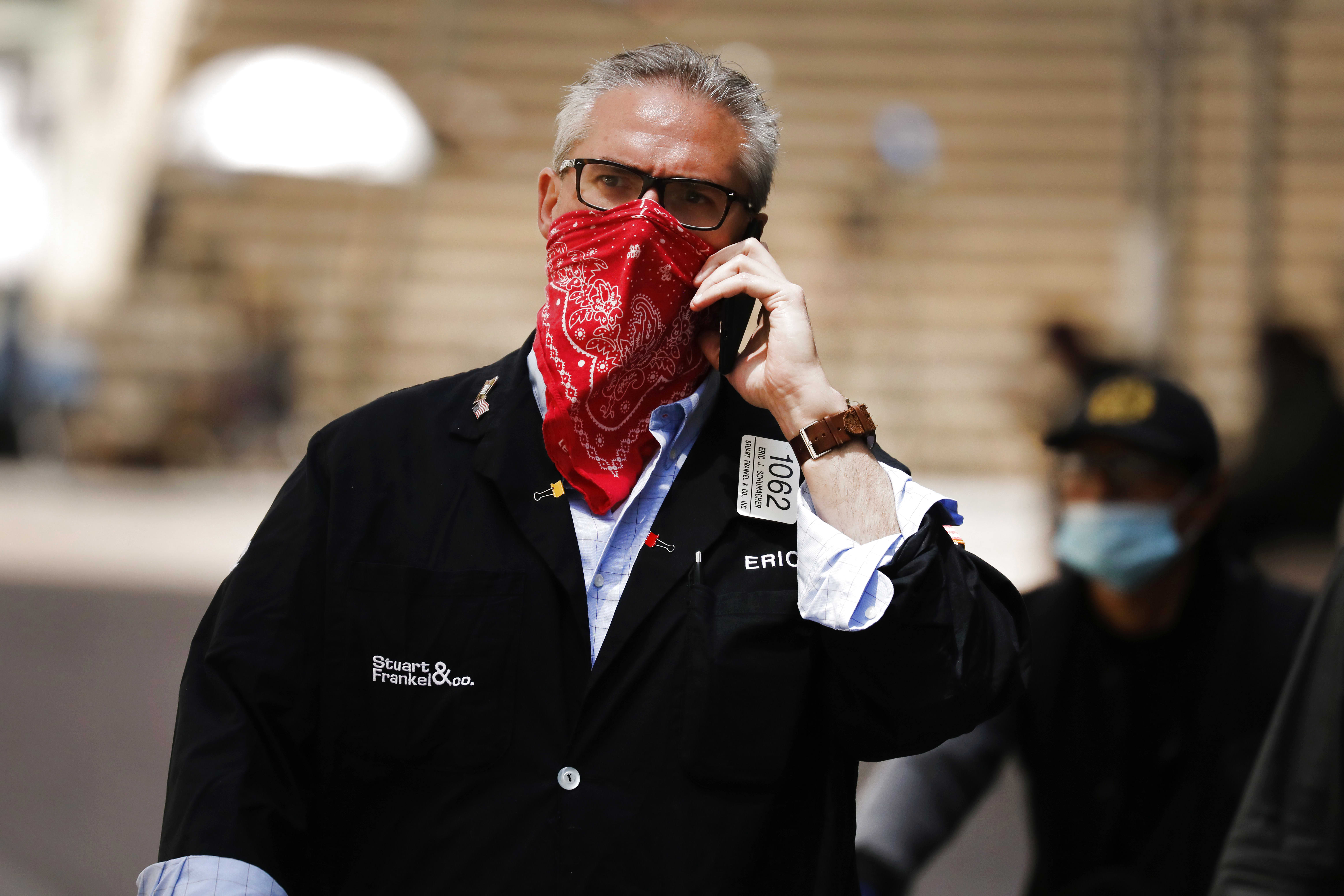
Stocks came back from the worst of their sell-off late Friday, though they held in the red.
Markets suffered wild swings even after the U.S. unemployment rate declined to 8.4% in August, down from 10.2% in July. The U.S. economy added 1.37 million jobs last month.
Five experts weigh in on the markets.
Jenny Harrington, CEO and portfolio manager at Gilman Hill Asset Management, said the August jobs report has given her more confidence in the firm’s portfolio holdings.
“We’re fully invested right now so, no, I’m not buying more as the markets come back. But, what I saw in the jobs report this morning was very reassuring … I think it was satisfying both from an investor perspective where we know what the longer term may look like now and from a personal perspective seeing people go back to work and that unemployment number come down. So no, we’re not adding, but we have greater confidence in some of the companies in our portfolio that benefit from this like Unum and American Express and Navient and Ross Stores. So it was a good report for us, and we’re happy with the numbers.”
Karen Firestone, CEO of Aureus Asset Management, sees vulnerabilities in the high momentum stocks.
“I would agree that a number around 1.4 [million] was excellent. If it was below a million, I think the market could be disappointed, and we all should have been disappointed but this feeding frenzy we’ve had over the last few weeks at some point would lead to a tipping point. We’re not surprised that the market is coming down, particularly the hard hit Nasdaq names, the big momentum names. They’re up 100%, 200%, so far above their 200-day moving average. And remember, there is no cost to trade, no commissions. Five years ago, 10 years ago, not only would you have to limit how many trades you can make a month, but once you hit that limit or try to exceed, the cost would double or even triple, and plus there are 50% less names, less public companies to buy. That puts a lot of buying pressure on the names that hit the news all the time.”
Diane Swonk, chief economist at Grant Thornton, sees some worrying signs hiding in the jobs report.
“I’m glad to see more than a million jobs created in the private sector. That certainly is good news. The pace of job creation, though, is slowing, especially once you strip out those census workers which will be laid off again at the end of September. There’s some things that I think are important … the underlying fragility in some of this data, the mood of the number of workers that are actually being paid by their work but not at work, that reflects the PPP loans, and they are the ones most vulnerable to be cut as we move into the fall.”
David Kelly, chief global strategist at JPMorgan Asset Management, says the true unemployment rate could be higher than the numbers suggest.
“The thing that sort of strikes me about this is there’s still 3.7 million people less in the labor force than was the case back in February. These are people who stopped looking for work. Now as we go month after month with just normal unemployment benefits, a lot of these people are going to scramble basically to find any job. And because of that, I think, unemployment could pick up again. So, if you added those 3.7 million people back in, you’re talking about a true unemployment rate of about 10.7%. So it is better, there is some improvement here, and I’m glad to see the improvement we’ve seen, but we really do need to cure the pandemic if we’re going to get that other half of the 22 million people who were laid off in the pandemic. If we’re going to get them reemployed, we’ve got to get to the end of the pandemic.”
Aneta Markowska, chief financial economist at Jefferies Group, sees a split between manufacturing industries and the like and the services sector.
“I was actually looking for the economy to stall this summer, and so far that has not materialized … You’ve got a lot of demand, supply hasn’t kept up, you’ve got no inventory, so a lot of pressure to build more product there, and that obviously bodes well for hiring in those sectors. Services, clearly a different story. I think there you’re going to see continued slowdown.”



